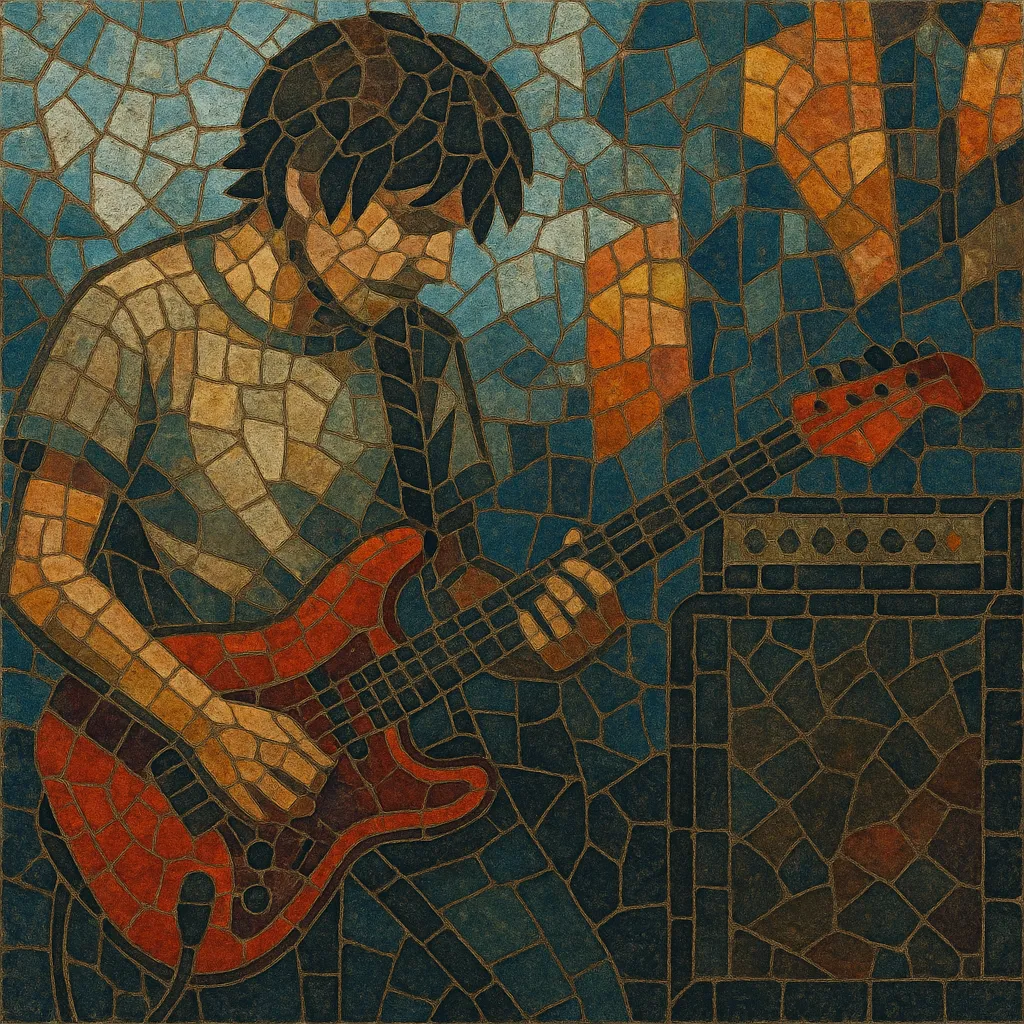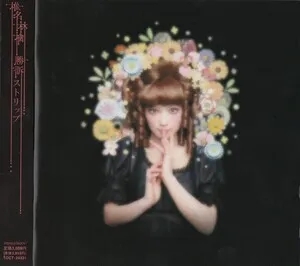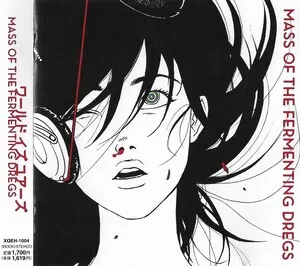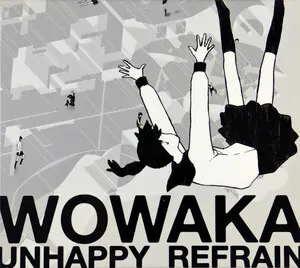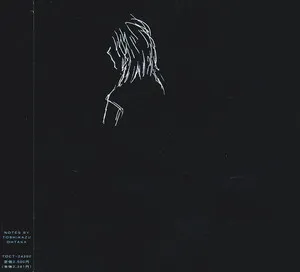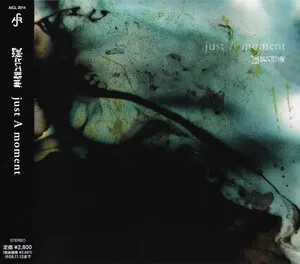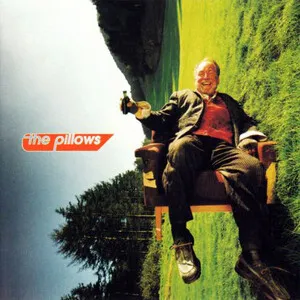Shimokita-kei refers to the guitar-centric indie/alt-rock sound and scene centered around Shimokitazawa, a bohemian neighborhood in Tokyo known for its dense network of small “live houses,” record shops, and theaters.
Unlike the cosmopolitan, sample-savvy polish of Shibuya-kei, Shimokita-kei is defined by sweaty club energy, DIY ethos, jangly and overdriven guitars, and heartfelt, everyday-life lyricism. The music blends Japanese indie and alternative rock with punk bite, emo earnestness, shoegaze textures, and power-pop melodicism—often delivered through sing-along hooks designed for intimate venues.
Shimokita-kei emerged from Shimokitazawa (Setagaya, Tokyo), a neighborhood that became a post-1990s hub for Japanese indie culture. Its sound and identity were shaped as much by the area’s tightly packed live houses and DIY infrastructure as by specific stylistic markers.

